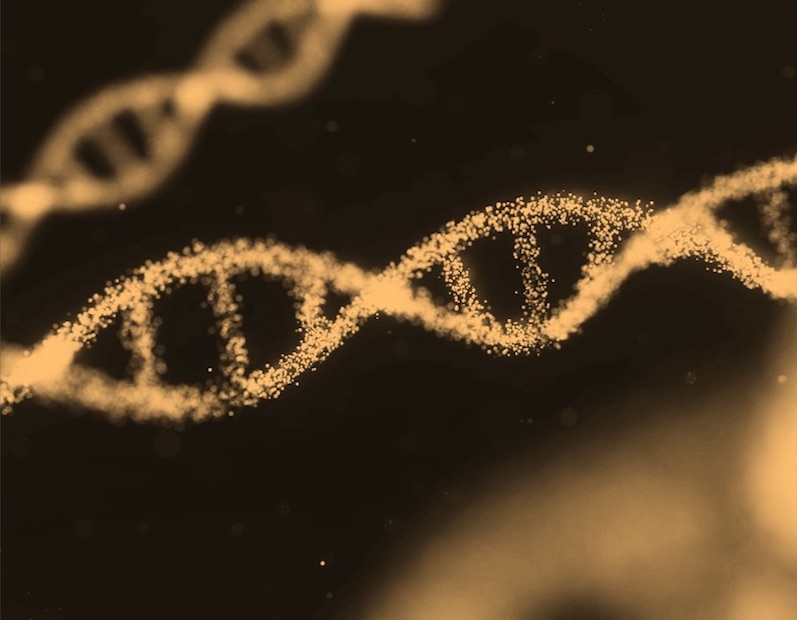What is it about?
Our study explores how brain activity can reveal consumer preferences by using EEG (electroencephalogram) technology. We showed participants advertisements while recording their brain signals. These signals were processed and analyzed with machine learning to predict whether someone liked or disliked an ad. The results showed high accuracy, particularly with a specific algorithm called KNN. This research can help businesses create more appealing advertisements by understanding consumer preferences on a deeper, subconscious level, reducing guesswork, and improving marketing strategies.
Featured Image

Photo by Melanie Deziel on Unsplash
Why is it important?
What makes our work unique is the use of a large, self-recorded EEG dataset to understand consumer preferences, practically bridging neuroscience and marketing. Unlike prior studies, we focus on both gender-specific and overall analyses, providing deeper insights into how brain activity relates to decision-making. The study’s timeliness lies in its application of machine learning to neuromarketing, offering businesses data-driven methods to optimize advertisements and product design. This work could transform how companies understand and target their audiences, making marketing strategies more effective and personalized.
Perspectives

From my perspective, this study reflects the growing potential of neuroscience in transforming traditional marketing approaches. By integrating EEG-based insights with machine learning, we not only push the boundaries of consumer research but also open new avenues for understanding subconscious preferences. Personally, I see this work as a step toward ethical and data-driven marketing, minimizing guesswork and enhancing user-centered design. This research excites me because of its potential impact on how businesses connect with consumers, leading to more thoughtful and personalized experiences.
Mohammad Raihanul Bashar
Concordia University
Read the Original
This page is a summary of: EEG‐Based Preference Classification for Neuromarketing Application, Computational Intelligence and Neuroscience, January 2023, Wiley,
DOI: 10.1155/2023/4994751.
You can read the full text:
Contributors
The following have contributed to this page








